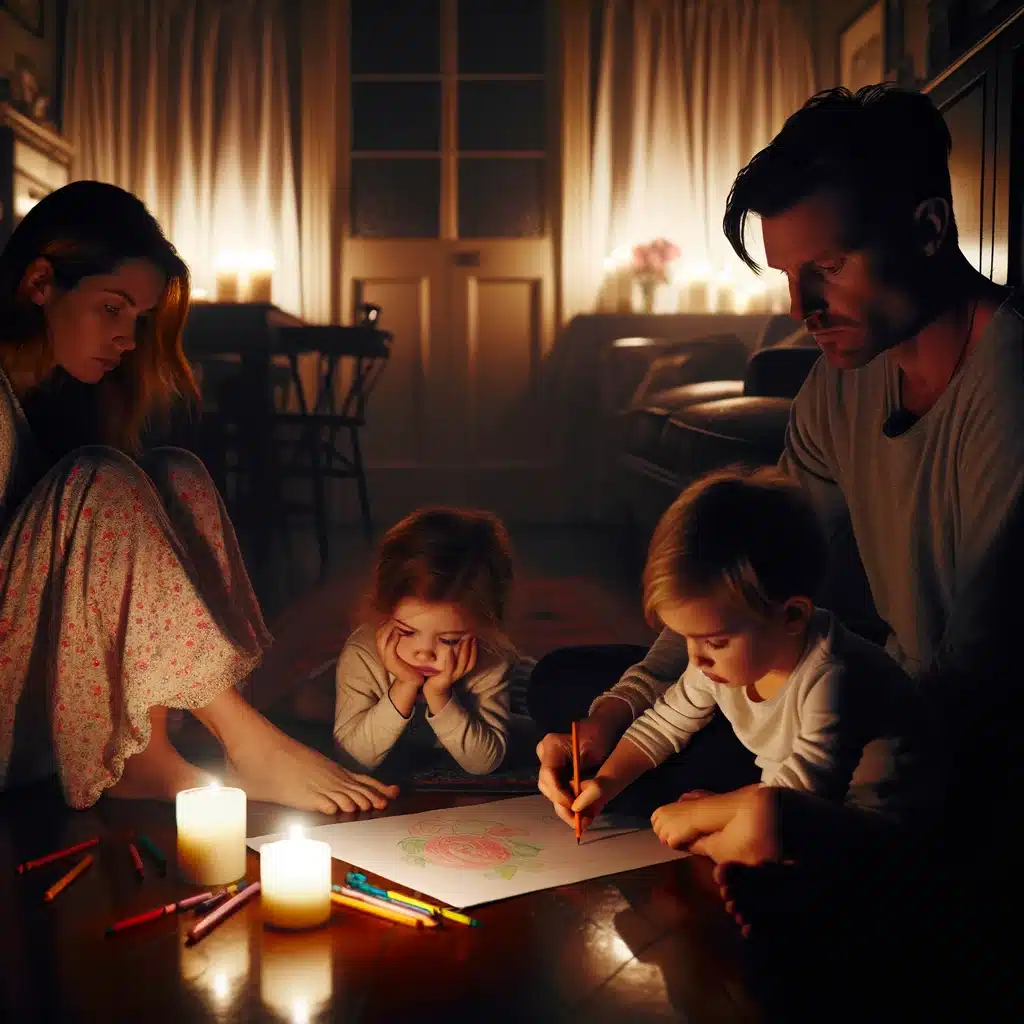Blackout busters
How natural gas and renewables worked together to get the lights back on in Victoria.
On 13 February 2024, more than 500,000 Victorian homes were gripped by blackout.
A frightening storm surged dangerously, decimating swathes of the state and grinding essential services to a crawl.
Power lines were strewn across roads as transmission towers succumbed to the gale.
As midnight approached, the Loy Yang A coal power station went down. The lines were dead.
Families fumbled for torches as the storm lashed their homes. Battery percentage read outs of smartphones became countdown clocks. Emergency generators thrummed into life as hospitals and vital infrastructure workers scrambled to take stock of the situation.
It was the worst outage event in Victoria’s history. The biggest in Australia since a state-wide blackout in South Australia in 2016.
Victorian families waited in the dark for news of when power would be restored, as gas fired power plants went into overdrive.
As State Emergency Service switchboards lit up, gas stepped in. The gas-fired electricity hit the grid quickly, working with renewables like hydro. As the night wore on, gas picked up the majority of the burden as the rest of the system scrambled.

A beacon of stability, the gas-fired power plants supported renewable energy sources to get the state’s lights turned back on and helped mitigate the unknown consequences of further blackouts.
While some homes and businesses remain without power five days later, the crisis underscores the role of natural gas in energy generation. Able to come online quickly to meet demand — and support renewables — gas showed once more it plays a critical role in the resilience of the Victorian energy system.
Read more about how natural gas and renewables work together to meet demand and keep the lights on by clicking the links below.
Explore
with Natural Gas Subscribe


